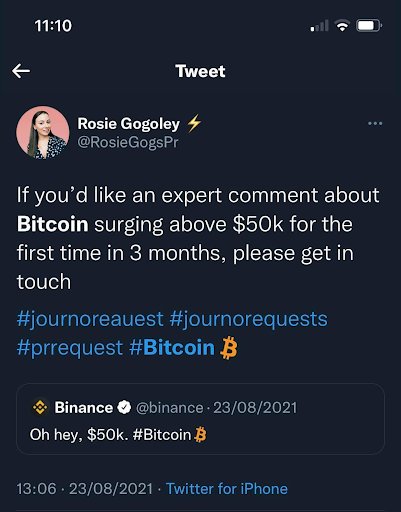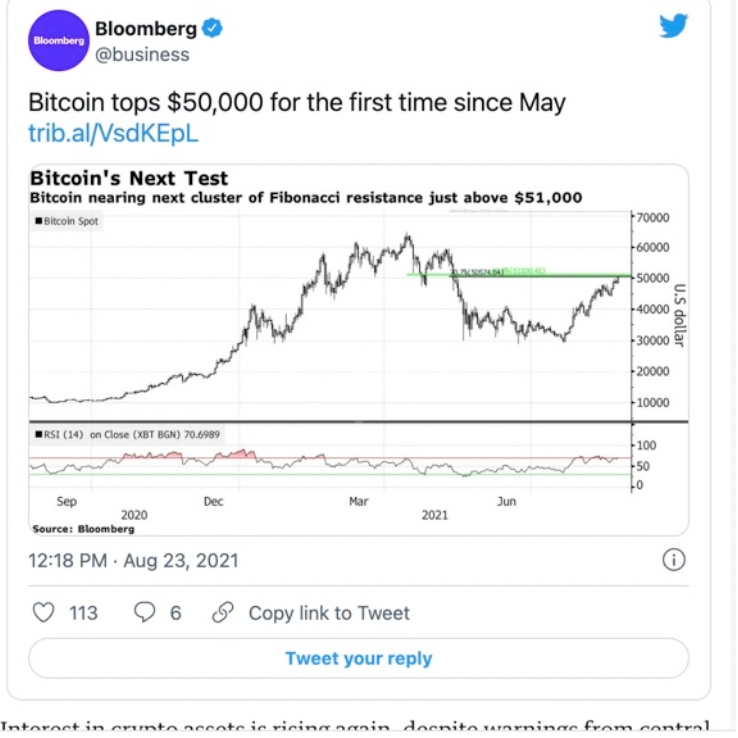How to use reactive opportunities to build relationships with journalists


Rosie Gogoley Senior Digital PR Executive
5 min read
Friday, 25th March 2022
When you’re starting in PR, standing out from the crowd can feel like a huge challenge. It can be hard to know how to approach pitching when journalists receive thousands of emails from PRs a day, and often show their frustration. That’s why you need to take advantage of the current news cycle to jump on trending stories, and use these opportunities to position your client as a spokesperson on relevant topics.

But how do you use a single reactive opportunity to build a relationship?

I’ve got you covered.
Here’s a breakdown of what reactive or newsjacking is:
Will Hobson, PR + London Director at Rise at Seven said:
“Newsjacking is a type of reactive PR. It's a way of jumping on trending news stories or media moments and putting a brand at the centre of that conversation, through a comment, piece of data, or even a social post. It often happens fast and the newsjacking topic remains relevant for a short space of time."
There are a number of different types of newsjacking or reactive PR.
Some examples include…
- Reactive - Reacting to a current topic or trend with new information.
- Company earnings - Giving financial and other expert opinion in reaction to a company report.
- Thought leadership - Using your client’s expert knowledge to create leading pieces in their sector related to current events.
While these options are all a core part of a reactive toolkit, I’m going to share some tips on how we successfully built relationships using reactive PR on a very popular topic: cryptocurrency.

If you don’t know exactly what cryptocurrency is, it is essentially a digital alternative to cash that exists outside of banks.There are a number of different cryptocurrencies to comment on, but bitcoin is the most popular.
The market in which cryptocurrency operates can be highly unpredictable, which means it’s value can change significantly on a daily basis. This is what makes it the perfect reactive topic - you can jump on the story on a frequent basis.
While it’s hardly the wild west, it’s also a topic that needs experts to better explain what's happening in the market.

That's where reactive PR comes in. With this topic, we used our client’s expert knowledge to receive attention in the media. From market predictions to outside impacts, we made sure every base was covered when contacting the press with commentary.
I also took to Twitter to promote the availability of commentary.

While self promotion is always handy for finding journalists, there were many other ways we found the most relevant people to contact.
- Twitter is a great place to start for finding relevant journalists through searching hashtags or keywords.
- You can also search keywords in Google news, which will bring up thousands of articles, but it’s important to limit those searches to the past three months so it's likely to be something the journalist is still writing about.
- If you have a publication in mind that you really want to target - say, Forbes - you can often use a site search function with relevant keywords to hunt for any relevant journalists that have spoken about that topic. Bingo!
- After finding a relevant journalist, make sure they often talk about the topic and don’t just cover a range of general topics.
- Style is also important when pitching. Modify your pitch for what this journalist wants, whether it’s just a comment from you or a full story around the reactive.
After pushing the initial comment, we landed in multiple national UK and US publications, such as Bloomberg, The Guardian, Fox Business and more, as well as specific finance press. But we didn’t want this success to be limited to one or two outreach opportunities.

So let’s get down to the important part, how did we use this reactive to get journalists to keep working with us?
We listened to what journalists wanted
It may feel obvious, but journalists are flooded with emails from PRs every day. It’s important for them to feel that you value them as individuals and they aren’t just one of hundreds you’re sending this comment to.
First, we looked at relevant journalists writing about bitcoin, but we also wanted to know what they were missing in their articles. What kind of style were they writing in? Was it a bigger opinion piece or a quick market commentary? This gives you an initial idea of what journalists want out of your pitches, which can make all the difference when trying to build a relationship.
2. We interacted with journalists outside of outreach
If the purpose of outreach is to build a relationship with this journalist, it needs to not feel one-sided in your emails. The best way to do this is to interact with the journalist outside of the reactive piece, whether it’s thanking them, praising one of their articles or talking about a shared relevant interest - anything to get them talking!
This will feel more like a genuine interaction from yourself, rather than spamming them with pitches. If you become someone worth interacting with, journalists are more likely to keep coming back to you for information.
3. We offered exclusivity
Offering journalists exclusive content can be incredibly effective, as this equals uniqueness to your contact. Journalists also want to be better than their competitors, which makes breaking a relevant piece of news all the more appealing. While the purpose of reactive is to hit the widest audience possible, giving this window of exclusivity to a journalist is key in them viewing you as a trustworthy source to work with.
However, it’s important to remember to make a wise choice when selecting a journalist to approach with this exclusivity. Are they experts on this subject? Do they often work on exclusive pieces?
It’s also important to not overuse exclusivity, you don’t want to put all your eggs in one basket!
4. We stayed on top of trends
Remember when I mentioned taking advantage of the current newscycle? Well, this is important for maintaining a relationship with a journalist. While cryptocurrency is constantly in the news, this too can be a disadvantage as it means numerous PRs will be pitching stories around it.
We had to stay ahead of the game by pitching trends in the market quickly, or by pitching expectations - that’s news that hasn’t even happened yet! By doing so, this helped journalists see us as a valuable source of information for the crypto market, and someone worth working with again and again.
If you want to hear more about reactive and you found this helpful, connect with me on LinkedIn or Twitter. Thanks for reading!
